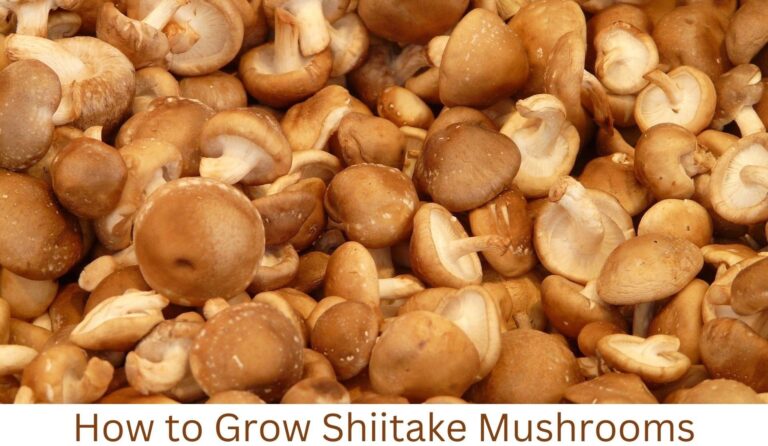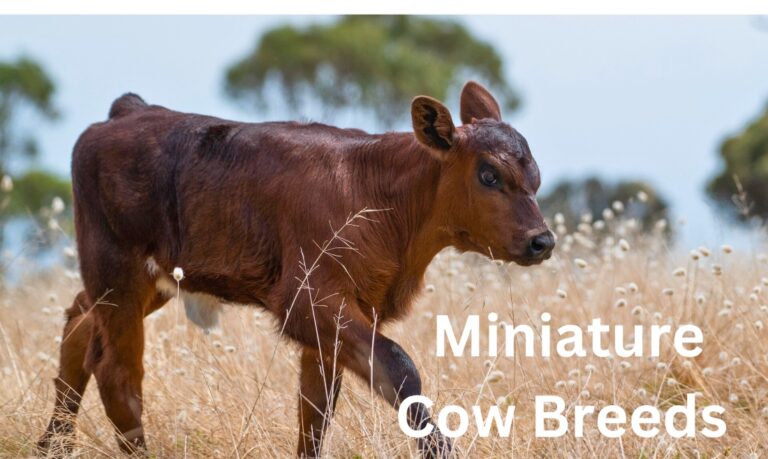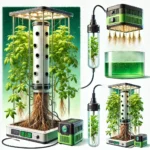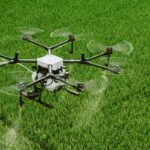Email: blogagri2@gmail.com
The Role of Mixed Farming in Sustainable Agriculture
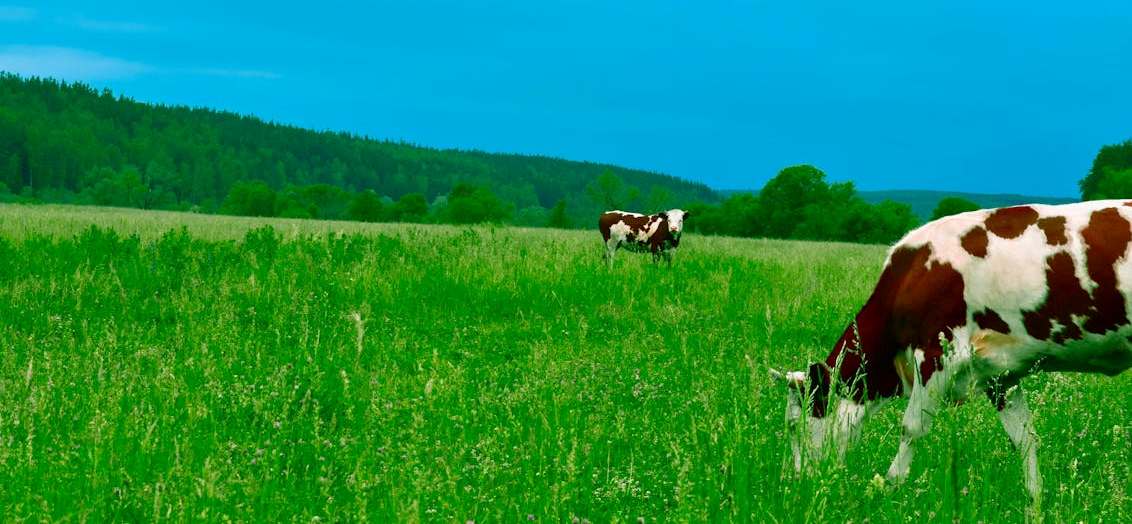
In a world where the origins of our food are often obscured by industrial processes and mass production, the journey from soil to table becomes a vital story worth telling. Imagine a vibrant tapestry of crops growing side-by-side with livestock, each contributing to a harmonious ecosystem that nourishes our bodies and the planet. This is the essence of mixed farming—a sustainable approach that marries crop cultivation with animal husbandry, creating resilient agricultural systems capable of thriving amidst challenges like climate change and resource depletion. Join us as we explore how this age-old practice holds the key to building a more sustainable future for our farms, communities, and, ultimately, tables. Discover how embracing diversity in agriculture can lead to healthier soils, tastier foods, and thriving ecosystems—all while reducing our carbon footprint one bite at a time!
Introduction to Mixed Farming and Sustainable Agriculture
Imagine savoring a meal that tantalizes your taste buds while nurturing the planet. This harmonious relationship between food production and environmental stewardship is at the heart of mixed farming. As we face pressing challenges like climate change and diminishing resources, sustainable agriculture emerges as a beacon of hope, showing us how to cultivate our land responsibly while feeding communities.
Mixed farming is an innovative approach that intertwines crops and livestock, creating a balanced farm ecosystem. It’s more than just growing food; it’s about nurturing soil health, enhancing biodiversity, and promoting resilience in agricultural systems. This blog will explore how mixed farming is essential in achieving sustainability from soil to table—ensuring what we consume today does not compromise future generations’ ability to thrive. Let’s dive into this fascinating world where diverse practices meet delicious outcomes!
What is Mixed Farming?
Mixed farming is an agricultural practice that combines crop cultivation and livestock rearing on the same farm. This method creates a symbiotic relationship between plants and animals, enhancing productivity while ensuring sustainability.
Farmers rotate crops with livestock grazing to improve soil health. Livestock manure enriches the soil, reducing reliance on synthetic fertilizers. Meanwhile, crops provide feed for animals, creating a closed-loop system.
This approach not only maximizes land use but also diversifies income sources for farmers. When one sector faces challenges—like crop failure or disease—the other can help stabilize finances.
Moreover, mixed farming promotes biodiversity. It fosters a varied ecosystem that supports beneficial insects and natural pest control methods. Ultimately, integrating different agricultural practices cultivates resilience in facing environmental changes and market fluctuations.
Benefits of Mixed Farming for Sustainable Agriculture
Mixed farming brings a wealth of benefits to sustainable agriculture. Integrating crops and livestock enhances farm biodiversity. This diversity is crucial for resilient ecosystems that can adapt to changes in weather and pests.
Nutrient cycling is another key advantage. Livestock manure provides essential nutrients for plants, reducing the need for chemical fertilizers. This natural process not only enriches the soil but also promotes healthier crop yields.
Moreover, mixed farming fosters better resource management. Farmers can use land more efficiently by rotating crops and grazing animals in different areas. This practice minimizes soil erosion and maximizes productivity.
Additionally, mixed systems enhance food security. They produce a variety of products—grains, vegetables, meat—that cater to diverse diets while stabilizing income sources throughout the year.
Ultimately, these practices create a harmonious relationship between agriculture and nature, paving the way for sustainable food production systems.
Role of Livestock in Mixed Farming Systems
Livestock play a vital role in mixed farming systems. They contribute to the overall productivity and resilience of agricultural practices. By integrating animals into crop production, farmers can create a more balanced ecosystem.
Manure from livestock enriches the soil with essential nutrients. This natural fertilizer reduces reliance on synthetic inputs, promoting healthier crops and enhancing soil structure. The result is improved water retention and biodiversity within the soil.
Additionally, grazing animals help manage weeds and pests naturally. Their presence not only controls unwanted vegetation but also stimulates plant growth through nutrient cycling.
The diverse outputs from livestock—meat, milk, wool—provide farmers with multiple sources of income. This economic diversity enhances farm stability against market fluctuations.
Moreover, raising animals alongside crops fosters a harmonious relationship between different farming components. Each element supports the other, creating an efficient system that benefits both farmers and consumers alike.
Role of Crops in Mixed Farming Systems
Crops play a pivotal role in mixed farming systems, enhancing biodiversity and soil health. They provide essential nutrients that complement livestock practices. By rotating different crops, farmers can avoid depleting the soil of specific nutrients.
Diversity is key in this approach. Growing multiple crop types helps reduce pest outbreaks and diseases, as various plants attract beneficial insects while deterring harmful ones. This natural balance minimizes reliance on chemical pesticides.
Moreover, cover crops are often used to protect the soil during off-seasons. These plants prevent erosion and enhance water retention, creating a more resilient agricultural ecosystem.
The integration of crops with livestock also leads to improved waste management. Manure from animals serves as an excellent organic fertilizer for growing crops, closing the nutrient loop effectively.
Through these synergistic relationships within mixed farming systems, we see enhanced productivity and sustainability emerge naturally from the land itself.
Practices and Techniques Used in Mixed Farming for Sustainability
Mixed farming thrives on diverse practices that enhance sustainability. Crop rotation is a cornerstone technique. By alternating crops, farmers can improve soil health and reduce pest infestations.
Intercropping also plays a vital role. Growing different crops together maximizes land use and minimizes competition for nutrients. This method boosts biodiversity, which benefits the entire ecosystem.
Agroforestry integrates trees with crops and livestock, creating habitats for wildlife while increasing productivity. Trees provide shade, reduce erosion, and offer additional income sources from fruits or timber.
Cover cropping is another practice used to protect soil during off-seasons. These plants prevent erosion and enrich the soil when tilled back in.
Lastly, using organic fertilizers derived from livestock waste not only recycles nutrients but also reduces reliance on synthetic inputs. Each of these techniques contributes to a harmonious balance within mixed farming systems, fostering resilience against climate challenges.
Case Studies:
One noteworthy example of successful mixed farming can be found in the rolling hills of Tuscany, Italy. Farmers there integrate crops like olives and grapes with livestock such as sheep and goats. This synergy not only enhances soil fertility but also diversifies income sources.
In Australia’s Tasmanian region, a farm combines dairy production with vegetable growing. The waste from the cows becomes compost for the veggies, creating a circular system that minimizes external inputs while maximizing productivity.
Another inspiring case comes from Kenya. Smallholder farmers employ intercropping techniques to cultivate beans alongside maize. This method improves nutrient uptake in the soil while providing resilience against pests.
These examples showcase how mixed farming systems lead to sustainable practices that bolster ecosystems and support local economies across various landscapes around the world. Each case highlights innovative solutions tailored to specific environmental conditions and community needs.
Challenges and Limitations
Mixed farming, while beneficial, faces several challenges. Farmers often struggle with complex management practices. Balancing crop production and livestock care can be overwhelming.
Financial constraints also play a significant role. Investing in both crops and animals requires substantial resources. This can deter smallholders from adopting mixed farming systems.
Environmental factors further complicate the situation. Climate change affects yields unpredictably, making it hard to maintain consistent output from both crops and livestock.
Additionally, market access poses issues for many mixed farmers. They may find it difficult to sell diverse products efficiently due to fluctuating demand or lack of infrastructure.
Finally, knowledge gaps exist among farmers regarding sustainable practices. Training and education are crucial but often limited in rural areas. Addressing these hurdles is essential for fostering successful mixed farming systems that truly benefit agriculture sustainability.
Future Outlook
The future of mixed farming holds great promise for sustainable agriculture. As climate change impacts intensify, this method offers a way to enhance resilience in our food systems.
Innovative technologies are beginning to transform how farmers integrate crops and livestock. Precision farming tools can optimize resource use while maintaining biodiversity on farms.
Consumer demand for sustainably sourced products is also growing. This trend encourages more farmers to adopt mixed practices that improve soil health and reduce reliance on chemical inputs.
Regenerative practices will likely gain traction in the coming years. Farmers will increasingly focus on closed-loop systems that recycle nutrients and minimize waste.
With supportive policies and community initiatives, we may witness a resurgence of small-scale mixed farms. These operations could play a crucial role in local economies while fostering ecological balance across agricultural landscapes.
Conclusion
Mixed farming holds a vital place in the realm of sustainable agriculture. It creates a balanced ecosystem where crops and livestock work in harmony, significantly reducing reliance on artificial inputs. By integrating both plant and animal production, farmers can enhance soil health, increase biodiversity, and improve resilience against climate change.
Supporting mixed farming practices is essential for nurturing rural economies. This approach not only provides diverse sources of income but also supports local food systems that prioritize quality over quantity. Consumers have more options to choose from when they buy produce directly from mixed farms.
Moreover, promoting mixed farming contributes to better land management practices. Through crop rotation and cover cropping techniques, soil erosion is minimized while nutrient cycling improves. This leads to healthier ecosystems that benefit everyone—farmers and consumers alike.
As we look towards the future of agriculture, embracing mixed farming could be key to achieving global sustainability goals. It’s about fostering connections between our food systems and the environment around us. Investing in education and resources for farmers who want to adopt these methods will pave the way for enduring agricultural success.
The journey from soil to table requires careful consideration of how we grow our food today so that generations can thrive tomorrow. Supporting mixed farming isn’t just beneficial; it’s necessary for cultivating a sustainable future where both people and nature flourish together.

